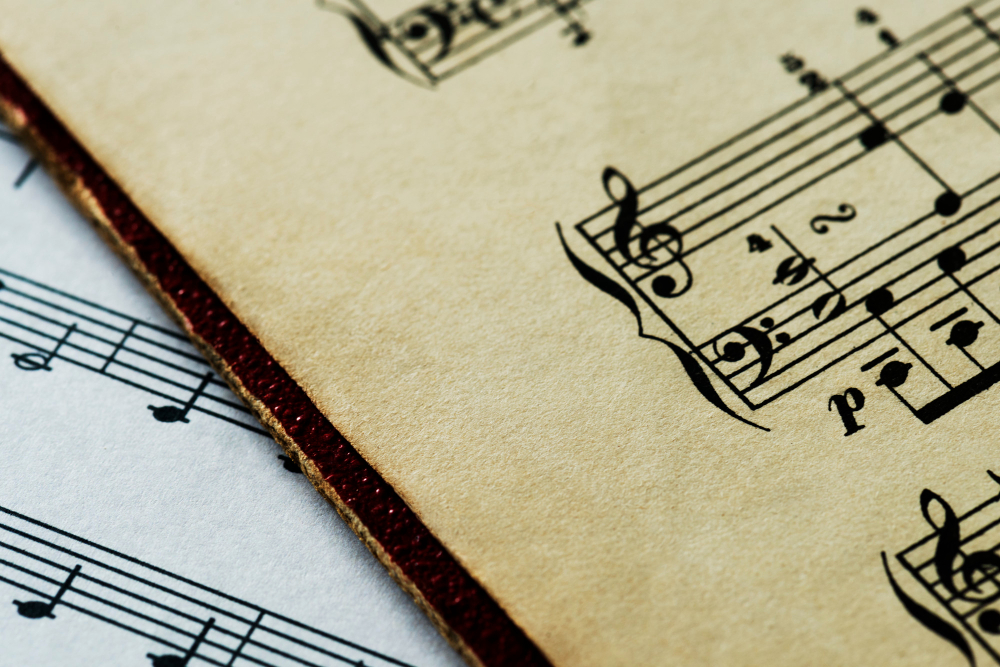The keyboard instrument family in an orchestra includes instruments such as the piano and harpsichord. These instruments produce sound by striking strings with hammers (piano) or plucking strings with quills (harpsichord). The keyboard instrument family is known for its versatility and ability to play both melody and harmony, providing a rich and diverse range of tonal colors to the orchestra. The piano, with its dynamic range and percussive attack, adds excitement and drama to the music. The harpsichord, with its crisp, delicate sound, is often used in Baroque and classical music to add historical accuracy to the performance. The keyboard family is an integral component of the orchestra, playing a crucial role in adding depth, richness, and color to the orchestral sound. Below are the main instruments belonging to the brass family:
Piano
The piano is a large keyboard instrument that produces sound by striking strings with hammers. It is one of the most versatile instruments, capable of playing a wide range of musical styles, including classical, jazz, and popular music. The piano has a dynamic and expressive tone and is a staple of classical music. It is also one of the most popular instruments for solo and ensemble performance. Due to how the sound is produced in a piano it also classified as a string/percussion instrument.
Harpsichord
The harpsichord is a keyboard instrument that was popular in Europe from the 16th to the 18th centuries. It produces sound by plucking strings with quills, and has a distinctive, bright and percussive tone. Harpsichords were often used in baroque music, but have since fallen out of widespread use. Today, harpsichords are primarily used in historical performance practices and in early music ensembles.
Clavichord
The Clavichord is a keyboard instrument that was popular in Europe from the 14th to the 18th centuries. It has a quiet, soft sound and is often used in chamber music or for private performances. Unlike other keyboard instruments, the Clavichord produces sound by striking strings with metal tangents, which are attached to the keys.
Celesta
The celesta is a keyboard instrument that produces sound by striking steel plates with hammers. It has a unique, delicate and shimmering tone, and is often used in orchestral and film music to add a touch of sweetness and magic. The celesta is not as widely known as other keyboard instruments, but it has a distinctive and important role in classical music. Due to how the sound is produced in a piano it also classified as a percussion instrument.
Organ
The organ is a keyboard instrument that produces sound by directing air through pipes of varying lengths and diameters. Organs come in many shapes and sizes, ranging from small chamber organs to massive pipe organs in cathedrals. The organ has a rich, complex tone and can be used to play a variety of musical styles, including classical, hymns, and choral accompaniments. It is often associated with religious and classical music.
Synthesizer
The Synthesizer is an electronic keyboard instrument that can produce a wide range of sounds and musical effects. It can be used to imitate acoustic instruments, create new sounds, and perform complex musical compositions. The Synthesizer has a range of different types of sound generators and effects, and can be played by pressing keys on the keyboard or using a computer or other device to control it.
Enrol for our one-on-one online piano classes to have access to a holistic music education programme that introduces students to important topics in the world of music and not just learning to play the piano.



